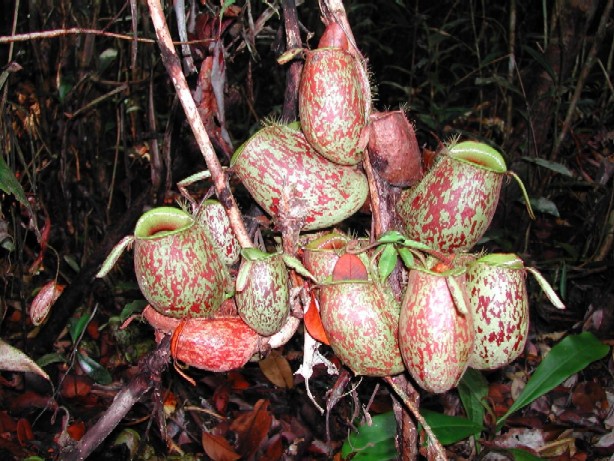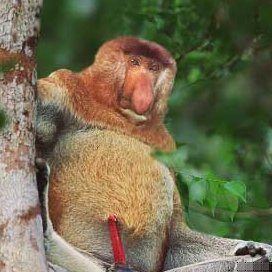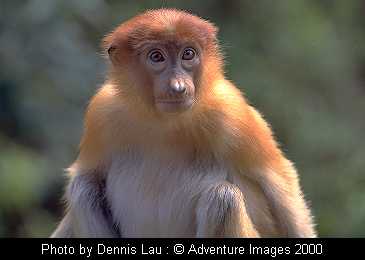|
|
|
Most significant of the forest types found in the Klias Peninsula is the mixed peat swamp forest (PSF), which is an ecological succession of freshwater swamp forest where forest debris has accumulated to form a peat layer. Northern Borneo is believed to contain some of the most highly developed peat swamps that reportedly comprise six-phase communities. This unique forest type has always had a very limited distribution in Sabah, originally occupying no more than 100,000ha. In the 1980s, the extent of PSF in Sabah was estimated at 86,000ha. Close to 60,000ha of PSF was reported to occur in the Klias Peninsula including some of the most undisturbed examples of such habitat in Borneo. Patches of the forested areas had been harvested in the 1960s. Recently, bush-fires and large-scale land conversion account for the major contributors to habitat loss. Current estimates would put the extent to less than 40,000 ha of mixed PSF remaining.
Apart from its floristic significance and scenic beauty, Klias Peninsula also showcases other gifts of nature, in the form of abundance and variability of fauna. The sandy coastliness of Kuala Penyu-Menumbok foreshores and mangrove fringes of Binsulok, Kg Hindian and Padas Damit forested areas provide aesthetic, recreational and eco-tourism potentials ready to be tapped upon. The peat swamps provide roosting grounds and important flight stop-overs and pathways for migratory birds.
It is reported that the Klias Peninsula supports a viable population of the proboscis monkeys Nasalis larvatus. Birdlife (residents and migratory) and small mammals abound. Reported cases of poaching and fire occurrences testify abundance of large games in the forested areas.
Kg Binsulok and Weston are important fishing communities. |
|




